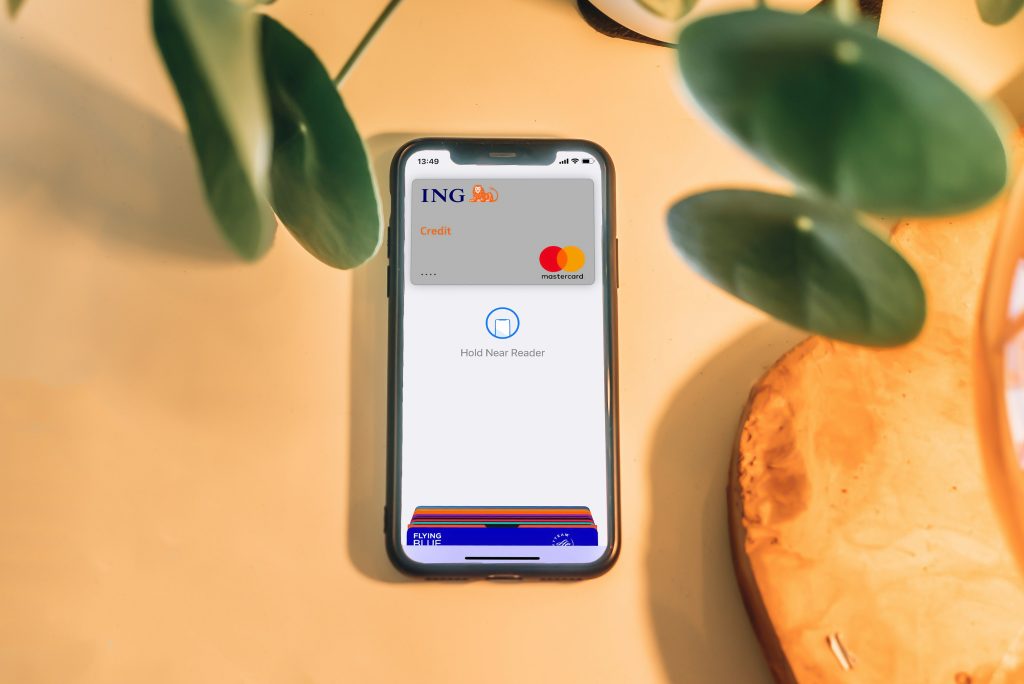Why financial businesses need a banking app

Today’s world of technology and finance is ever evolving. Therefore, financial businesses must adapt quickly to this digital era if they hope to survive the fiercely competitive financial sector. A banking app has long since become essential to success. Here’s why.
To enhance customer experience
Customers expect more from banking apps in today’s digital era, not only convenience but also enhanced customer engagement. Banks can utilize features such as instant customer support via chatbots, personalized financial advice, and real-time notifications on transactions and offers to significantly enhance user experiences and build trust and loyalty among their customer base. Furthermore, using data analytics to tailor financial solutions specifically towards customers enhances their experiences even further while supporting financial wellbeing.
To enhance operational efficiency
Digital banking applications play a pivotal role in increasing operational efficiencies within financial institutions. By automating tasks such as account management, fund transfers, and customer verifications, banks can reduce staff manual workload. This not only speeds up the transaction process but also reduces human error risk for increased operational reliability.
Additionally, digital platforms facilitate resource allocation more effectively, therefore allowing banks to focus more on strategic initiatives rather than administrative duties. Advanced technologies like AI and machine learning for predictive analysis streamline operations further, anticipating customer needs and mitigating risks before they emerge.
Not only does this level of efficiency reduce operational costs for banks but it also creates faster more accurate services to deliver.
To strengthen security
Within the digital banking ecosystem, security is of utmost importance. Financial institutions have increasingly leveraged cutting-edge technologies to bolster their defenses against cyber threats, using biometric authentication, encryption, and multi-factor authentication (MFA) measures as measures of enhanced protection for customer data and financial transactions. Biometric verification such as fingerprint or facial recognition adds a personal element of protection and are growing more prevalent as enhanced measures are introduced by institutions.
Using the right banking APIs also plays a crucial role in strengthening security. These APIs enable banks to securely integrate their systems with third-party providers, allowing for faster and more convenient services while ensuring compliance with industry regulations. What’s more, APIs offer real-time monitoring and analytics capabilities, making it easier to detect suspicious activity and prevent potential breaches.
To exploit competitive advantages
As banks compete to stay ahead, mobile banking applications represent a powerful differentiator. Banks that develop and deploy comprehensive, user-friendly apps can significantly increase customer engagement and satisfaction with these transactions, but these apps also become comprehensive financial hubs that provide features like personal financial management, investment advice, and instant loan approvals for users.
Utilizing cutting-edge technologies such as artificial intelligence (AI) and machine learning (ML), mobile apps utilizing these cutting-edge technologies are capable of offering personalized financial insights, anticipating future trends, and offering tailored advice. This deepens customer relationships and provides ease-of-banking anywhere, anytime, while receiving instant notifications to keep their customers up to date and engaged with banking activities.
Integrating innovative payment solutions, like mobile wallets and peer-to-peer (P2P) transfer capabilities, into banking apps not only increases utility for users but also puts banks ahead in the digital payment space. Offering these technologies helps strengthen a bank’s image as an innovative, customer-centric institution while making their app an invaluable tool in keeping current customers—as well as attracting new ones.
